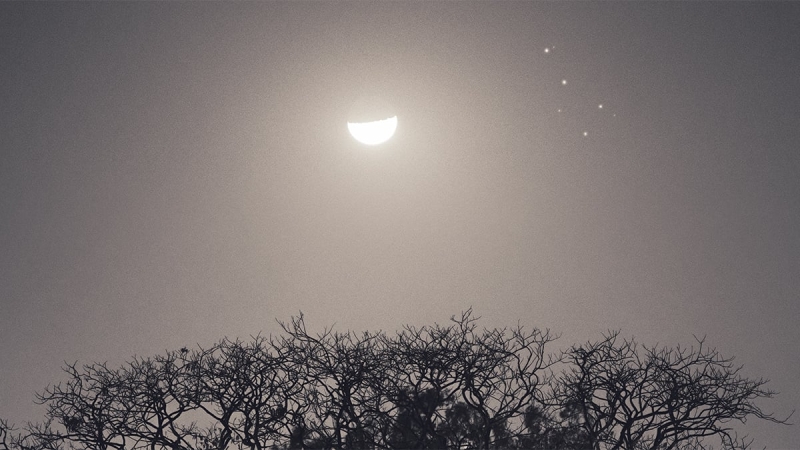Contents
Every month brings some unique astronomical events that you can see with the naked eye and photograph. In this article, let us take a look at the astrophotography opportunities in June 2025.
June 11: Full strawberry moon
The sixth full moon of 2025 will appear on the 11th of June. The June full moon is also known as the strawberry moon. Full moons are always a great opportunity to photograph them with a telephoto lens. It will also allow you to capture the moonrise in the evening and the moonset in the early morning.
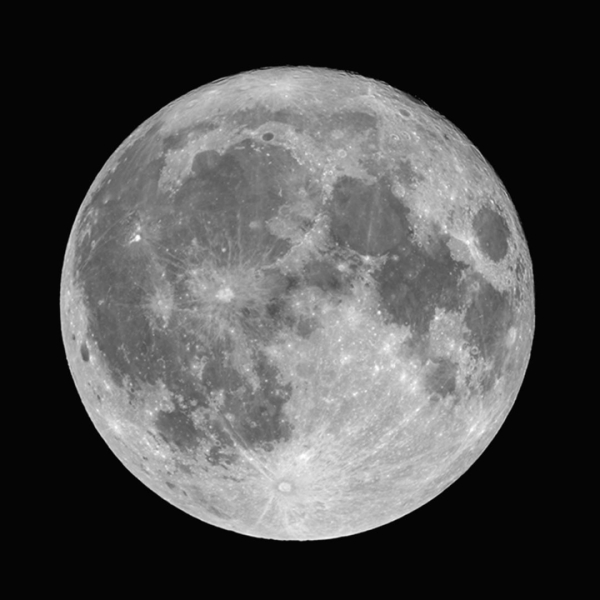
Full moons are always exciting to photograph
June 23: Moon meets Pleiades
On the early morning of 23rd June, a crescent moon will come close to the seven sisters, Pleiades. The event can be captured with a wide or mid-telephoto lens (50mm – 135mm) along with the landscape while these two rise in the eastern sky. Another option could be to wait for a few more minutes and let them rise in the sky and capture them with a telephoto lens (200mm – 600mm), isolating both the objects.
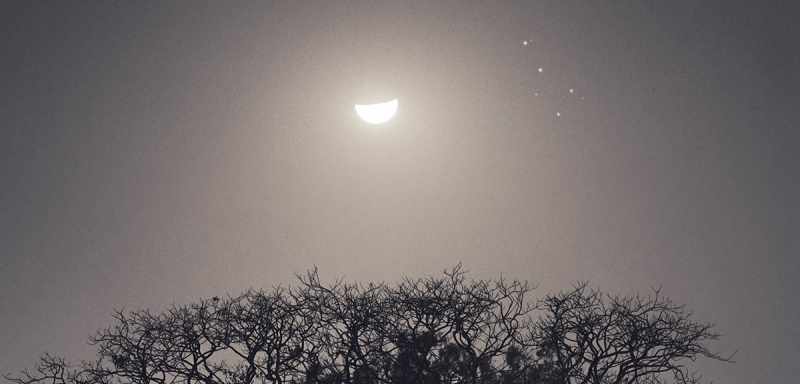
A close encounter between the Moon and the Pleiades
June 25: New moon
The new moon week is the best time to plan your dark sky trips. Capture the minute details of constellations, nebulae, and galaxies without any interference from moonlight. Whether you are a wide-field astrophotographer or a deep sky photographer, the nights around the new moon will offer you the best conditions for astrophotography.
Other opportunities throughout the month
Along with the celestial events mentioned above, the sky will present more opportunities to catch a few more objects. And some will be better than before.
The “Milky Way season” is at full swing
The Sagittarius arm of the Milky Way, one of the most beautiful and popular regions to photograph, now rises early in the night sky, by 8-9 PM. The Milky Way arch will be visible by 10 PM. This will be a great opportunity to photograph the Milky Way arch along with other nightscape and deepscape images.
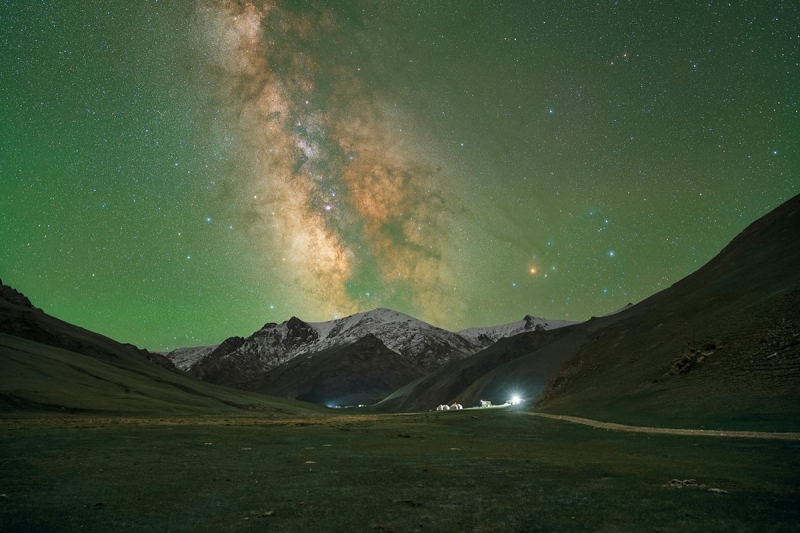
The Milky Way season is here
Moon meets the planets
The moon will be positioned with different planets throughout the month. The month begins with a conjunction between the Moon and Mars on 1st June. On 19th June, the Moon will come close to the ringed planet, Saturn. On the early morning of 22nd June, the Moon will meet Venus in the eastern sky.
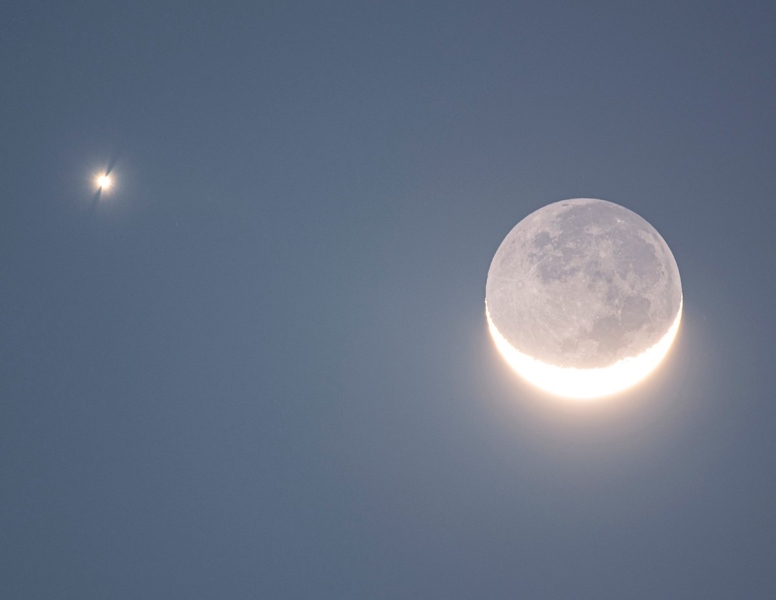
A close approach between the Moon and Venus
The sun and the sunspots
The sun is undergoing what is called the “solar maximum”. During this period, the activity on the solar surface remains high. This would be a great opportunity to photograph the sunspots with a white-light filter attached to your telephoto lens.
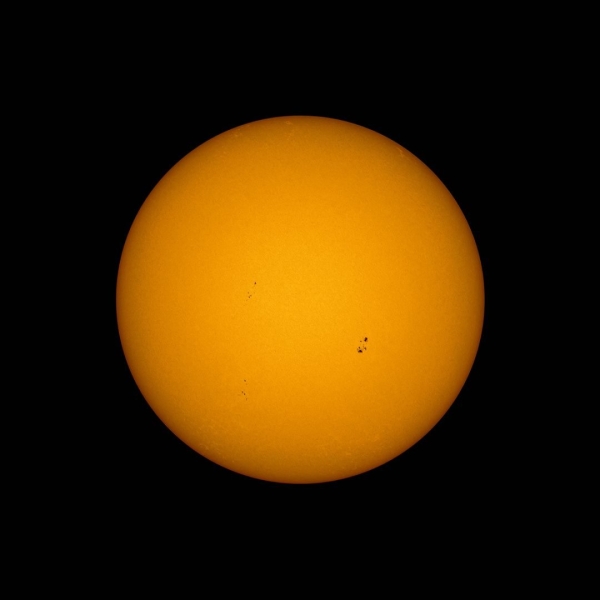
Sunspots appear as dark patches on the solar surface
[It is mandatory to follow precautions during solar photography. Make sure the filter is tightly and correctly attached to the lens. Do not look at the sun with your naked eyes or through the viewfinder of your camera.]
Hope you have a great month with lots of astrophotography opportunities ahead.
Clear skies!
